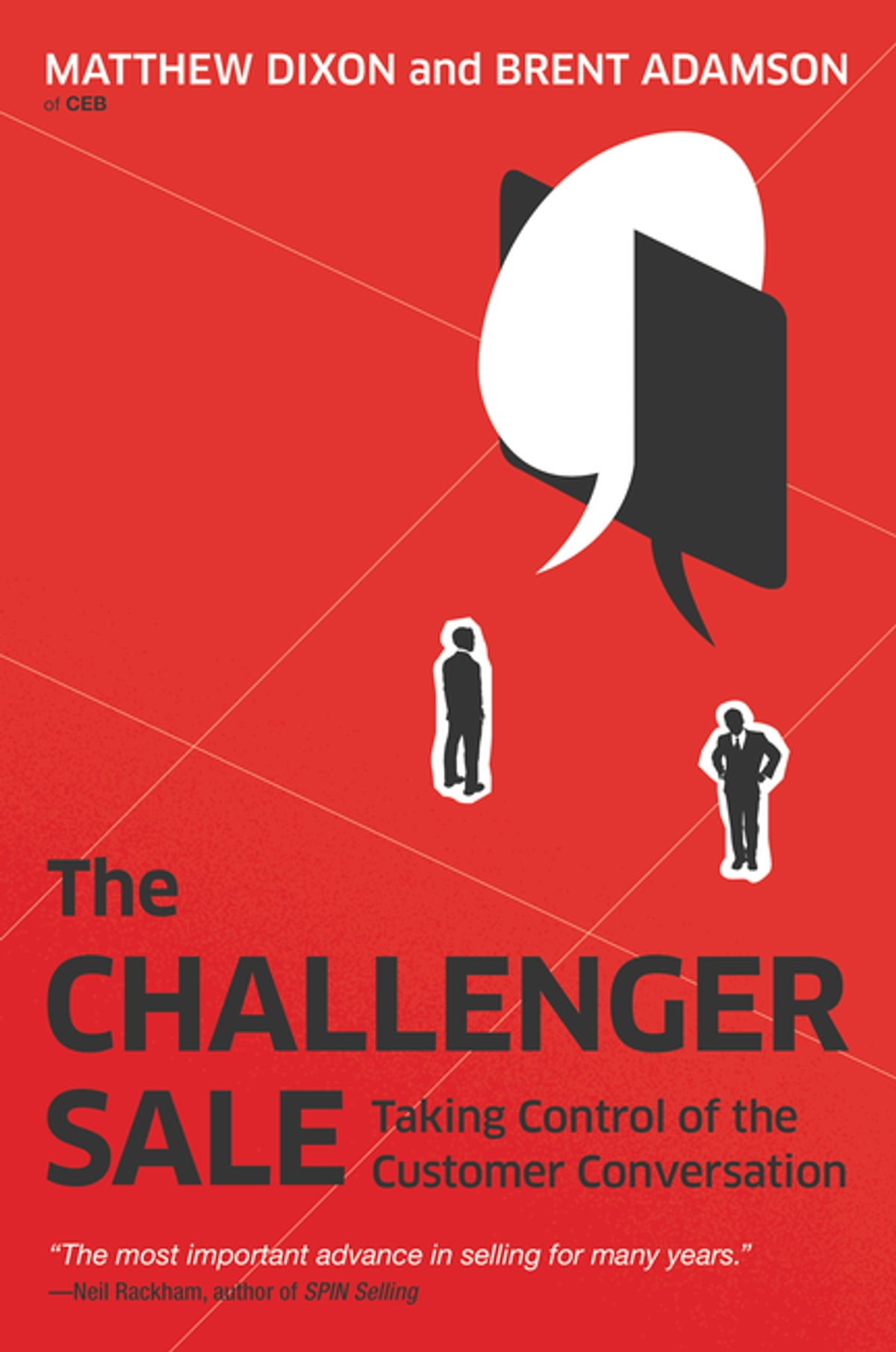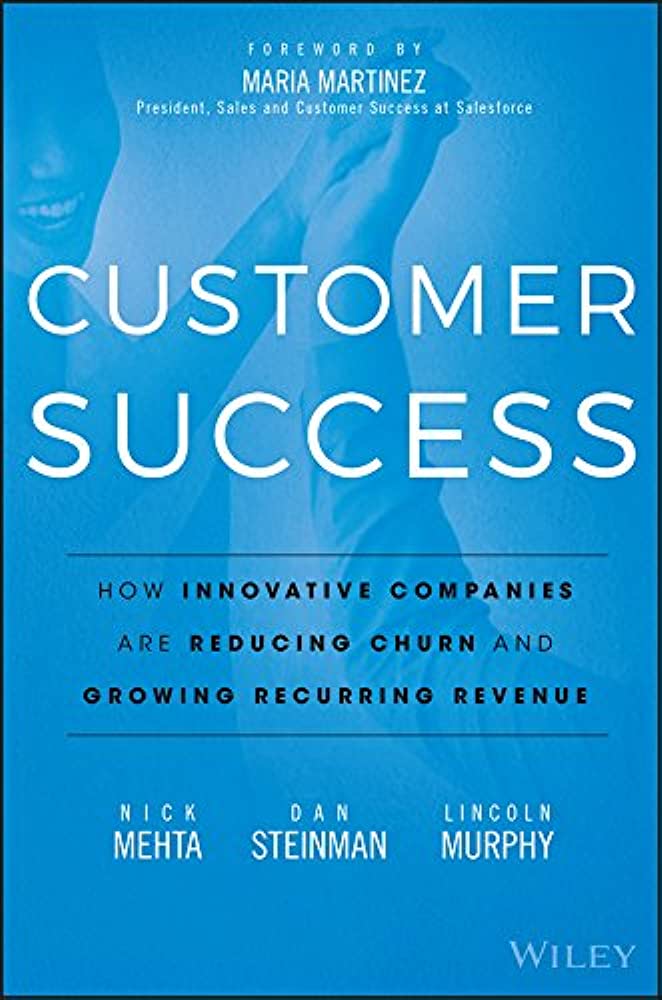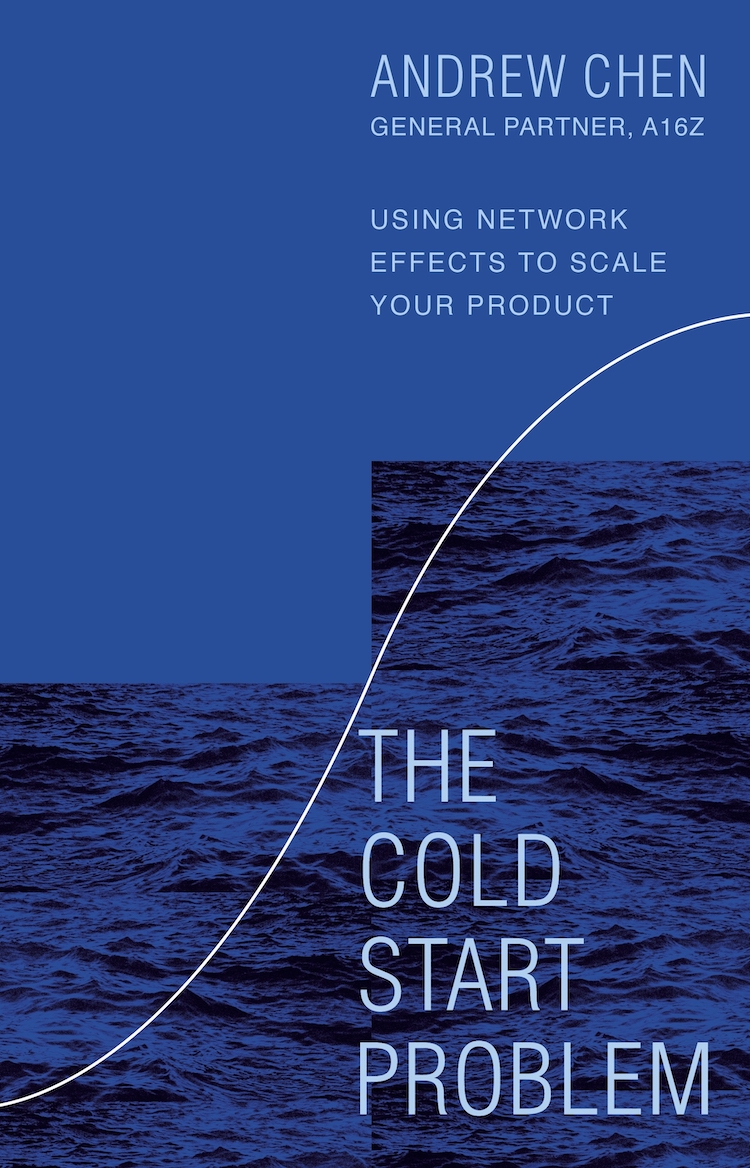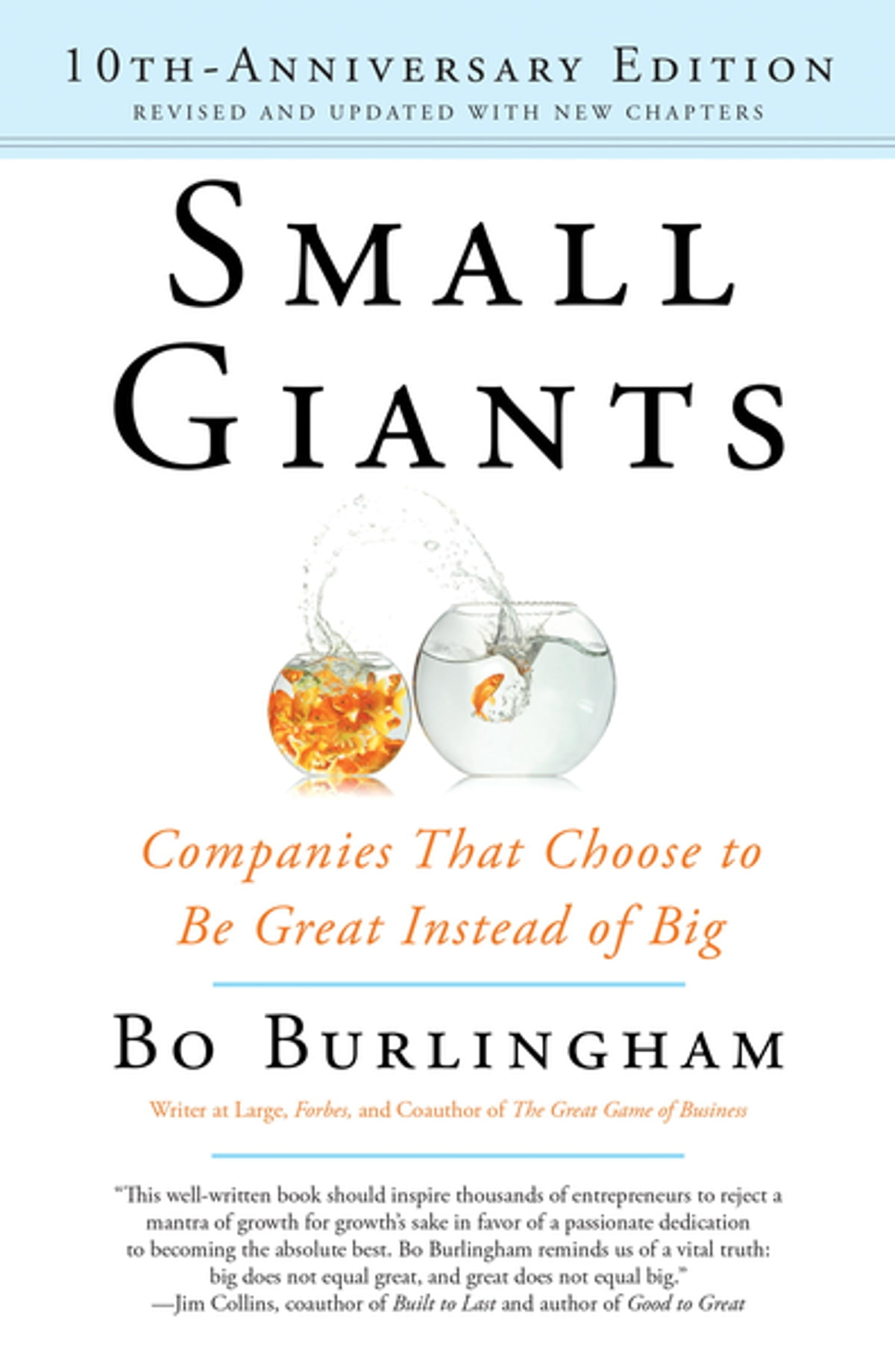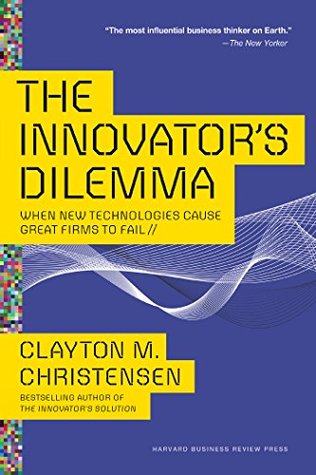Pitch Anything
by Oren Klaff
- Business
- Ashto =
- Jonesy =
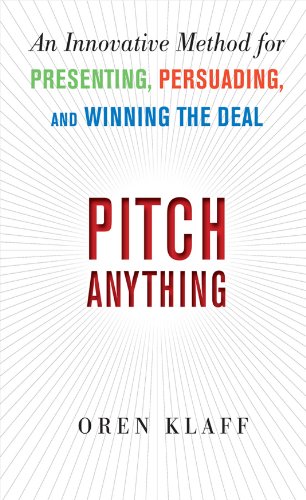
In 1953, James Watson and Francis Crick introduced the world to their new discovery: the double-helix DNA structure. This so-called “secret of life” was widely considered the most important scientific discovery of the 20th Century.
Their presentation won them a Nobel Prize. The most striking part of the pitch? It was only 5 minutes long. That was the COMPLETE presentation – introducing the secret of life, presenting their scientific discovery, explaining all of the need-to-know-details, showing how it works.
You need to pause and consider for a moment. If these two blokes can explain the greatest innovation of the 20th Century in under 5 minutes, why do you think you need to book in hour-long meetings to present your report or pitch your new business idea to investors??? There’s clearly something wrong with the way most people are pitching their ideas.
If you need to sell something as part of your job (a product, a service, an idea), then it’s worth taking the time to learn how to do it properly. And when you really think about it, almost everyone is pitching SOMETHING, no matter how large or small, every single day. That initial pitch is less than 1% of the entire time and energy you need to invest into a project, but it is probably the most important 1% – that first presentation of your idea is what can either drive it forward, or see it slaughtered on the spot.
About this book in 76 words: There is a fundamental disconnect between the way we pitch anything and the way it is received by our audience. As a result, at the crucial moment, when it is most important to be convincing, nine out of ten times we are not.our most important messages have a surprisingly low chance of getting through. You need to understand why this disconnect occurs in order to overcome it, succeed, and profit.
Oren Klaff, the author of Pitch Anything, does this for a living. He raises capital for businesses looking to expand rapidly or go public, and some of his deals include clients such as Marriott, Hershey’s, CitiGroup, and many other household names. Lots of other people do the same thing, but he is “one of the best” (according to him, anyway). The important difference is not luck, not a special gift, not a long career in sales… its a METHOD. Pitching is one of those business skills that depends heavily on the method you use, not how hard you try. A better method can mean more money, a MUCH better method can mean MUCH more money.
Maybe you want to sell an idea to investors, convince a client to choose you over the other mob, or even explain to your boss why you should be paid more. Either way, using a good pitching method increases your odds of getting it over the line.
The Presenter’s Problem
YOU have an incredible knowledge of the subject. You can make the most important points clearly, with great passion, and you can be very well organised. BUT – you can do ALL of those things well and STILL not be CONVINCING. That’s because a great pitch is not about procedure, it’s about getting (and keeping) attention.
You have to own the room with FRAME CONTROL, drive emotions with INTRIGUE PINGS, and get to a HOOKPOINT fairly quickly:
- FRAME = creating context and relevance around the situation. Whoever owns the frame owns the conversation
- INTRIGUE PING = short but provocative piece of information that arouses curiosity
- HOOKPOINT = the place in the presentation where your listeners become emotionally engaged. After this point, instead of you giving them information, they’re asking for more – the go beyond ‘interested’ be being ‘involved’ and ‘committed’
Parts of the Brain
The biggest problems we make when we’re trying to pitch anything is that we appeal to the wrong part of the brain. A simple model of the brain is that we have our prehistoric emotional brain (we’ll call the “Croc Brain”) and our more modern rational brain (the “Neocortex”).
(Side Note: If you’ve read or listened to our podcast episode Thinking, Fast And Slow by Daniel Kahneman, you might know these two types of things as “System 1” and “System 2”, or “Fast Thinking” and “Slow Thinking”.)
When we’re pitching, we think it’s all about the information (appealing to the neocortex). We’re giving plenty of context, heaps of data and statistics, we’re sharing the research, we’re presenting the results of the studies and surveys, we’re whipping out the spreadsheets and the projects. We think that by providing all of the information, the listener will make a full informed rational decision. But what REALLY drives human decision making in these environments is the emotional “croc brain”. If the croc brain isn’t engaged, then the neocortex is seeing the numbers on the screen but isn’t taking anything in. Because the neocortex takes a lot of energy to operate, our brain has built a system to filter out anything that doesn’t interest it. The croc brain’s job is to be on the lookout for something interesting, and only engage the neocortex if it finds something it likes.
The Croc Brain has been given some basic instructions:
- If it’s not dangerous? IGNORE
- Boring? Not new and exciting? IGNORE
- If it’s new or complicated? SUMMARISE. Capture the high level info quickly, and forget the details
- Most Important Rule – do NOT send anything to the neocortex for analysis UNLESS its something really unexpected and out of the ordinary
So the basic rules of pitching is firstly you don’t want to trigger the Croc Brain’s danger alarms and send it into fight-or-flight mode, because the brain will only see danger in your pitch and no opportunity. But at the same time, unless you’re presenting information that is recognised as positive, unexpected, new and out-of-the-ordinary, the recipient won’t be listening. The harsh (but true) reality is that the Croc Brain is only interested in survival and novelty. The Croc Brain is basically your Neocortex’s spam filter: if it’s new and intriguing then it listens in, if it’s boring and loaded with too many details and too much information, it tunes out. Don’t put the Croc Brain to sleep, or your pitch is already dead!
Frame Control
Imagine you’re looking at the world through a picture frame you’re holding in your hands. As you move around the world, different things come into your focus. Anything outside of the frame is effectively irrelevant to you, as you’re only seeing what’s in your frame at any point in time. You can never really see the full picture. This is what you might call your “point of view”. Another person can look at the exact same picture as you but see something totally different, because they have a different point of view and they’re looking through a different frame.
Usually it’s fine for people to have different perspectives. But when you’re trying to pitch an idea, you want to make sure that everyone is looking through YOUR frame. Different people look at different ideas through different frames, but ultimately only one frame can win. Whenever two frames collide, the stronger frame always wins. It is not the strongest ARGUMENT that wins, but the strongest FRAME. The weaker frames gets absorbed by the stronger frame until there is only one point of view remaining.
So frame-based pitching focuses on all of the little signals you send and all of the setting up your do BEFORE you even start your pitch. If you’re starting with a weak frame, you’ve already lost.
To give you an example of this, let’s talk about a real-world scenario many people will be familiar with. You’re driving down the open highway. Maybe (if you’re as awesome as Oren Klaff says he is) you might have the top of your convertible down, high blowing in the breeze, sunnies on, and a hot bikini babe in the passenger seat. Suddenly you check your rear view mirror and see a police car tailing you. The cop flicks it’s lights on and you pull over. Did I do something wrong? How fast was I going? The cop walks up beside you. You try to detect how she’s feeling, but the policewoman shows no emotion whatsoever. It’s like she’s staring straight into your soul.
“Sir, do you know why I pulled you over today”…
The next words out of your mouth determine your frame. You’ve got a few options in front of you:
- You can plead ignorance: I was just going with the flow of traffic, or I didn’t see the speed sign, or I thought the limit was higher out here
- You can fein an emergency: My wife is pregnant so I was rushing to get home, or My friend wanted to commit suicide because he could never be a banker (Seinfeld fans will remember Newman trying to pull this one in Season 4, coincidentally the episode was called ‘The Pitch/The Ticket’)
- Or, you can try to be the tough guy: Don’t you have something more important to do than hassle people all day?
You decide that trying to pick the ‘Ignorance Frame’, the ‘Emergency Frame’ or the ‘Tough Guy Frame’ are all going to lose, so you go with the ‘Nice Guy Frame’. I’m normally a perfect driver and I’ve never been fined before, so you let me off with a warning just this once and I won’t do it again?
But either way, the “Cop Frame” is almost invincible. The Cop Frame has the moral high ground, and the social and political backing that will win every single time. You can try to fight back, but sooner or later your weaker frame will crumble and you’ll be doing whatever the cop says.
—-
Maybe a little less relatable but certainly more personal, Jonesy has a vivid memory of a time his weak frame collided with the Cop Frame. In another life, Jonesy was quite the wild child. Jonesy’s mates all knew he had a special party trick. Once the party had been flowing long enough, and Jonesy was sufficiently socially lubricated, a chant would spread around the dance floor. A-dam, A-dam, A-dam… Once it had achieved sufficient momentum and he couldn’t refuse the call of the crowd any longer, all of his clothes would come off and he’d display an infamous “mangina”. This was Jonesy in full flight in his “Party Animal Frame”. After one-too-many noise complaints, the police came to shut down the music. The “Cop Frame” instantly destroyed his weaker frame. He went from ‘the life of the party’ to ‘pathetic sex offender’ in a matter of moments.
The police took him away. He had another frame collision when he spent a night in a cell with another bloke (thankfully his clothes were back on by this point). He asked the other bloke what he was in for. “Just smashing in the heads of some f**king c**ts. What about you?”. Jonesy had a decision. Does he go for the “Indecent Exposure Frame” or the “Tough Guy Frame”?…
Yeah me to… smashing some f**king c**nts…
(Side note: this was a little while ago. If you can relate to this story, maybe check out our episode on the book Allen Carr’s The Easy Way To Control Alcohol.)
—
When it comes to business and career pitches, there are a few strong frames you can pick:
The Power Frame
This is the most common frame you’ll encounter in business. This comes from people with massive egos. Their power is rooted in status and titles, and it’s fuelled by the fact that everyone below them sucks up to them. Whenever you encounter arrogance, lack of interest, rudeness… you’ve encountered a Power Frame.
They’ll tell a bad joke and everyone will laugh. They expect you to wait outside in the lobby until they’re ready to see you. They expect obedience and neediness, because that’s what they’re used to getting from everyone else. If you give in to any of these, you show that they have power over you.
If they think that they’re dominant and you’re the weakling, your deal is already lost. You need to show that you’re not a Beta, you’re an Alpha on their level. You need to perpetrate some kind of denial of power to claim back the frame. Don’t do this in an aggressive way to start an alpha war. Do this in a cheeky and playful way. Show them that you mean business and you’re not going to be pushed around.
A couple of Oren Klaff’s playful examples from his pitching:
- Klaff handed out executive summary packs to a room he was pitching too. The big boss was 7 mins late and wasn’t paying much attention. A few minutes in, he turned his copy of the deck over and started tracing his hand on the back. Oren felt so small and worthless, but he knew he had to reclaim the frame. He acted out in defiance to reclaim the frame, saying “Steve, give me that back” and snatched it off him. He said that he only had a few copies and it was a valuable idea, and he didn’t want to waste a deck on Steve.
- Klaff was waiting in the lobby for his meeting, then one of the Big Boss’s underlings came out and said “Mrs Big is busy and she can’t make it for another hour”. Here, he had two options. Option One: wait an hor, then do his pitch. BUT – if you do this, you’ve already lost. The Big Boss doesn’t respect you and she doesn’t care what you have to say. You’re wasting your time. Option Two: you say, “so you guys are asking me to delay my start time? Okay. I can give you 15 minutes to get yourselves organised. If you can’t start by then, then let’s call it a day”. This is a power move. Either they cave to your power and they start when you want to start, or they don’t cave and you walk away. You MUST be willing to walk away at this point. It’s a Beta move to wait an hour then try to pitch on their schedule. They’re not going to buy anyway, so you may as well walk away while you still have control. If you show any neediness or desperation, you lose.
The Time Frame
A classic power move is the boss walking in and saying: “I’ve only got 15 mins, let’s make it quick”. The common response is, “thanks for taking the time out of your day to meet with me, I’ll make sure to be quick”. But you’re not going to trot out the common response. You know the importance of Frame Control in pitching. Instead, you act out a small denial of power and reclaim the frame by responding with: “That’s OK, I’ve only got 12”.
A good way to pitch anything is to set the time expectations early. Walking into a meeting room, the Croc Brain of the listener is dreading that they might be trapped for over an hour as you flick through your boring slideshow. Instead, take control of the time frame. Tart with something along the lines of:
“Look, I’ve got a bit on today, so I’ve only got about 20 minutes to run you through the Big Idea. That will give us a bit of time to discuss and answer a few of your nagging questions before I have to take off”.
Most people do the exact opposite. They have 70 slides of graphs and charts that they want to talk through. When they see the listener’s eyes glazing over, they apologise, they start rushing, they start skipping slides and saying they’re not important. This is a Beta move. You lost the Time Frame, you’re completely in the other person’s hand. You just lost the deal.
Stacking Frames
These individual frames are great, but stacking different frames together is even better. If you can open with the Intrigue Frame, then stack on a Prize Frame, then a Time Frame, and finish with the Moral Authority Frame, you’ll have investors signing blank checks and handing over their life savings.
- Intrigue Frame: introduce something that your target is sure to want, but can’t get right now. Build tension and intrigue by building up a common obstacle you faced, then reveal how you sprung into action and found a solution to the problem. People want to do deals with interesting people – they want something from you that they can’t get anywhere else.
- Prize Frame: You subtly need to slip in hints that YOU are the prize. You’re flipping the script so that you’re not chasing them, but they’re chasing you.
- Time Frame: Give a sense of urgency, a feeling that the door might be closing on the deal and that they might miss the boat if they hesitate. ‘Loss aversion’ means it is painful for us humans to miss out on an opportunity, so adding in an element of time scarcity is vital. There needs to be a feeling of ‘this deal is going ahead with or without you, so you’d better jump on board before it’s too late!’
- Moral Authority Frame: You’ve worked people up, you’ve got them all excited. In order for them to commit, they need to be assured that this isn’t dangerous or risky. You’ve led with your big intriguing vision, you’ve made yourself the prize, you’ve got them wanting to buy… now you need to make them feel comfortable. Your deal probably sounds too good to be true, so you need to assure them that it IS good and it IS true. You need to show them that you’re reputable, you’ve done this before, everything is above board and legitimate, and their investment will be safe with you.
Here’s an example of how the Klaff Man was on the receiving end of a perfect pitch that stack all of these frames together:
“Oren, if you come on board with this, I’m going to introduce you to our head trader John. He’s a wild man just like you and he’s seen some wild deals and been on the wrong end a couple of times too but he always finds a way out – I know you two will get along and do some great things together” [INTRIGUE]. “You know the market is on fire right now – and I have the French, The Brits and the South Africans begging me for this package” [PRIZE]. “I’d love to give you until next week to decide, but the market won’t let me. You have to make up your mind by Friday. I’m totally OK with a NO because someone else will say YES, but Friday is D Day” [TIME]. “I don’t need to tell you this, but we’ve done over $150B in trades without a single SEC sanction – we do things right here and play by the rules. We give you a fair price we know that will work for everyone. Can you play by the rules too?” [MORAL AUTHORITY]
We THINK that we make decisions rationally and thoughtful, going through a process of weighing up the pros and cons. But mostly, we go with what FEELS right. Stacking these frames together is the perfect way to lead towards your target getting a good ‘gut feeling’ about your offer.
(Side Note: for more on effective decision making, see the book Decisive by Chip & Dan Heath).




